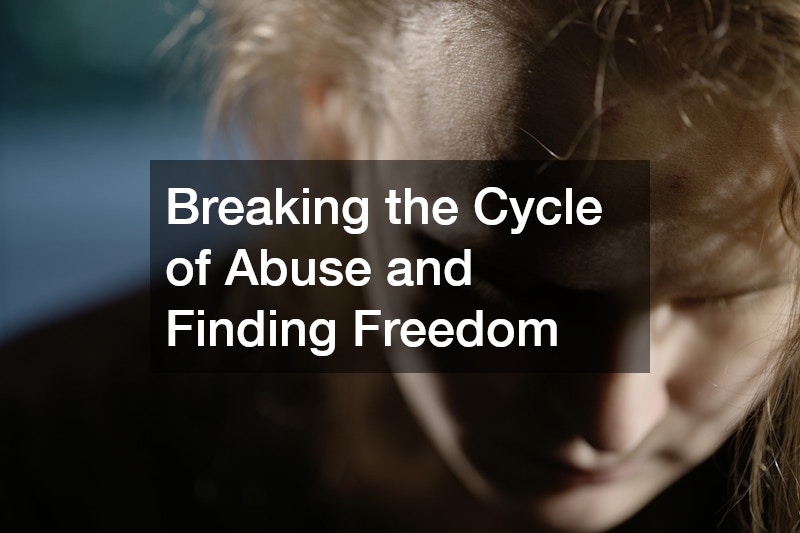Abuse is a complex issue often misunderstood. It’s a pattern, a cycle that traps victims, making it difficult to escape. The misconception that victims knowingly enter abusive relationships is harmful and inaccurate. Understanding the dynamics of abuse is crucial to breaking free.
The cycle of abuse typically involves three phases: tension building, incident, and reconciliation or honeymoon. During the tension-building phase, the victim walks on eggshells, fearing the abuser’s unpredictable behavior.
The incident is the actual abuse, which can be physical, emotional, or psychological. Following the incident, the abuser often apologizes profusely, showering the victim with gifts and promises. This reconciliation phase can be incredibly confusing and makes it difficult for victims to leave.
Love bombing is a common tactic abusers use to manipulate their victims. It involves overwhelming the victim with affection, attention, and compliments to create a sense of dependency. This emotional manipulation can make it extremely challenging for victims to recognize the abuse and leave the relationship.
Isolation is another tool abusers use to control their victims. They may prevent the victim from seeing friends or family, creating a sense of dependence and cutting off support systems. This isolation can make it difficult for victims to confide in others or seek help.
Breaking free from the cycle of abuse requires careful planning and support. Developing a safety plan is essential. This might involve saving money, finding a safe place to stay, and reaching out to trusted friends or family. Consulting with a lawyer can provide legal guidance and protection during this process.
Seeking support from professionals, such as therapists or counselors specializing in domestic violence, is crucial. These professionals can offer guidance, support, and resources. Joining support groups can also be beneficial, as it allows victims to connect with others who have shared experiences.
Remember, leaving an abusive relationship is a courageous act. It’s important to prioritize self-care and healing after escaping the cycle of abuse. Seeking therapy can help individuals process their experiences and develop coping mechanisms.
Breaking free from the cycle of abuse is possible. With determination, support, and a well-thought-out plan, victims can reclaim their lives and build a future free from violence.
If you or someone you know is experiencing abuse, please reach out for help. There are resources available to provide support and assistance.
.


